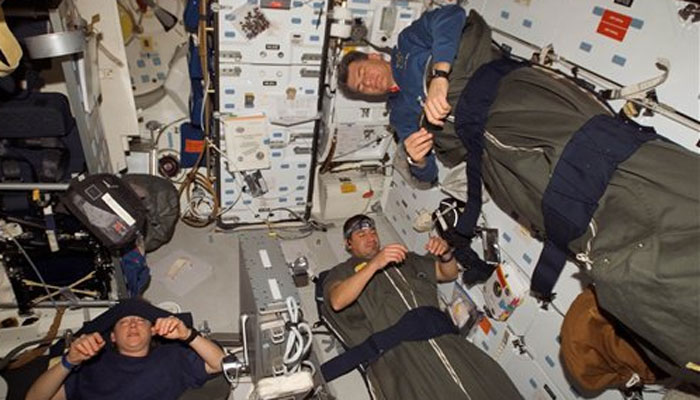-
Tips for becoming a good boxer - November 6, 2020
-
7 expert tips for making your hens night a memorable one - November 6, 2020
-
5 reasons to host your Christmas party on a cruise boat - November 6, 2020
-
What to do when you’re charged with a crime - November 6, 2020
-
Should you get one or multiple dogs? Here’s all you need to know - November 3, 2020
-
A Guide: How to Build Your Very Own Magic Mirror - February 14, 2019
-
Our Top Inspirational Baseball Stars - November 24, 2018
-
Five Tech Tools That Will Help You Turn Your Blog into a Business - November 24, 2018
-
How to Indulge on Vacation without Expanding Your Waist - November 9, 2018
-
5 Strategies for Businesses to Appeal to Today’s Increasingly Mobile-Crazed Customers - November 9, 2018
NASA Plans for Astronauts to Eat Poop and Hopefully Not Die
The researchers at Clemson University in South Carolina will receive $200,000 a year for up to three years to achieve this task, the US space agency said in a statement.
Advertisement
Clemson University is one of the eight educational institution granted by space agency to study about technologies that would help astronauts survive in deep space mission.
NASA is planning to land humans on Mars by 2030 and is investing in ideas to figure out ways for astronauts to be more self-sufficient on long-term space missions.
Blenner also believes that the yeasts can even use human waste to produce tiny plastic chips that can be harvested and collected in a 3D printer to manufacture spare parts for deep space journeys.
Blenner stated that genetically engineering yeast could be the way to make the DYI project a reality. The research team will try to genetically engineer yeast to convert human waste into edible substance. Using 3-D printing, for instance, astronauts would be able to create pizzas with different toppings to enjoy while on space missions. On the other hand, the carbon they need will be present from the exhaled carbon dioxide from human breath.
“We think that having that additional component of fresh food grown on the station, would make the crew generally happier, and hopefully healthier”, according to Gioia Massa, head of plant growing technology in NASA.
Along with projects like the ones Blenner is attempting, NASA has also began researching better solar panels, as well as better “thermal protection for ships entering atmospheres”. His research will not provide a complete nutritious meal for the astronauts but can readily provide omega 3 fatty acids that are also present in fish and this can be an important step that can pave the way for astronauts to sustain themselves in space.
Unlike the expression “Eat poop and die!”
Advertisement
“If you want to send people into space for a long period of time, you cannot go down to the Home Depot to get screws, or the market to get food; as space is at a premium.”Blenner said”.





























